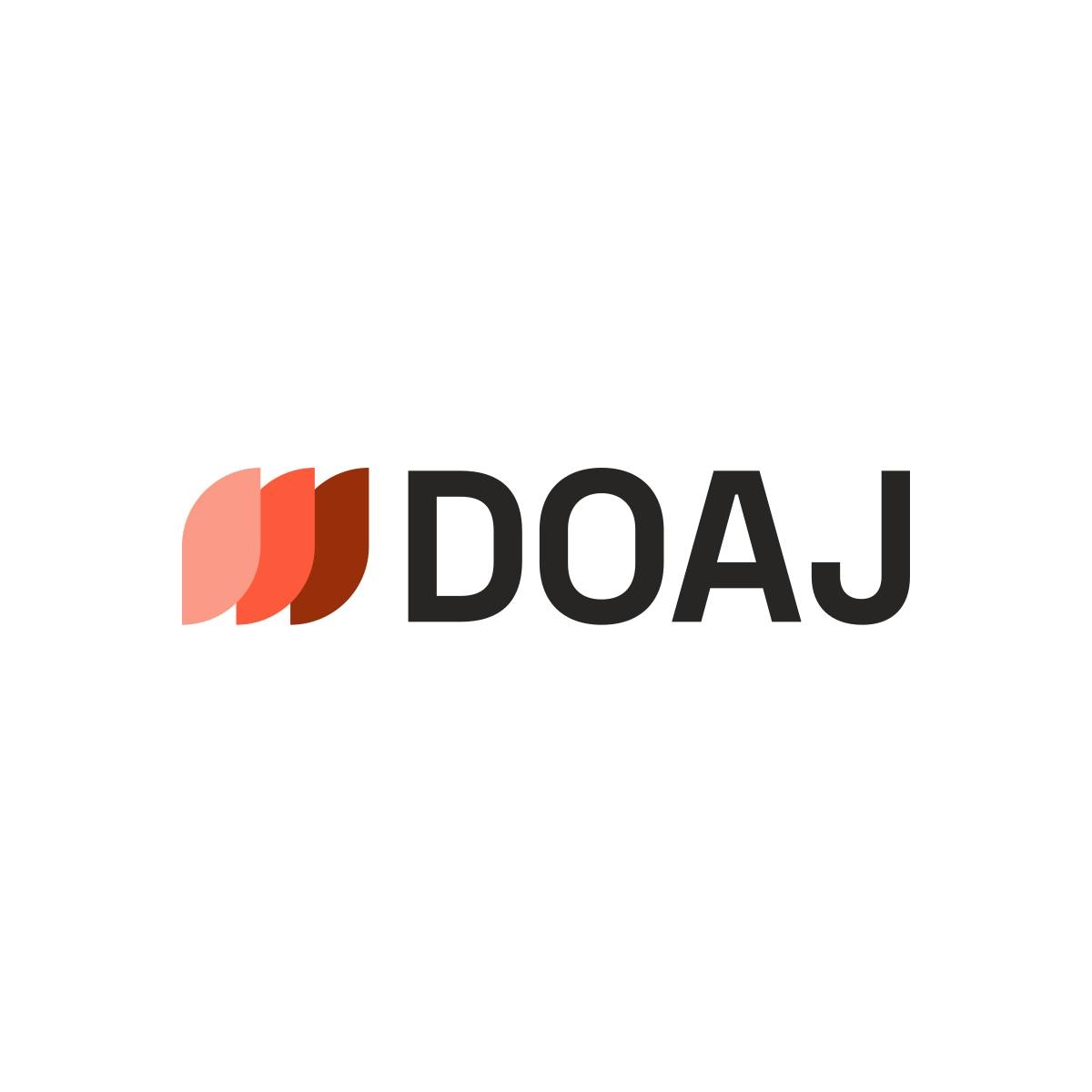Simulator to recreate urban dynamics of Tena with Netlogo, before to public space intervention
DOI:
https://doi.org/10.29019/eidos.v14i20.1005Keywords:
Geovisualisation, Geosimulation of urban dynamics, Planning of cities, Public space, Urban Innovation, UrbanismAbstract
Public space interventions in the Amazonian cities of Ecuador are carried out without a planning process that previously evaluates the impact on urban dynamics and its incidence on the indicators of the quality of public space. This work seeks to recreate the impact of urban interventions on the dynamics of the city of Tena, specifically in Avenida 15 de Noviembre in the sector with the most commerce, and its impact on the quality of public space, prior to the intervention of this space. The data of the different elements that are part of the city (shade, furniture, first floor uses, crosswalks, bus stops, green areas, formal and informal commerce, sidewalk and road widths), their links and influence on the urban dynamics are loaded into the Netlogo program. In order to have results closer to reality, the model is calibrated based on the specificities of the locality, for example, the climatic conditions in the city of Tena. Among the most outstanding results, the structure of a Netlogo model of the main avenue of Tena was obtained, which will describe the urban dynamics, which will constitute a tool to define the best alternatives before intervening in the public space. This research is a pioneer in the Ecuadorian Amazon context and sets a precedent for future projects in the región.
Downloads
References
Andrade Mendoza, K. (2004). El papel de la ECORAE en la Región Amazónica Ecuatoriana. Un ejemplo de crisis de gobernabilidad democrática en el Ecuador [FLACSO Ecuador]. https://repositorio.flacsoandes.edu.ec/bitstream/10469/99/8/TFLACSO-01-2004KAM.pdf
Battolla, T. F., Fuentes, S., Illi, J. I., Nacht, J., Falco, M., Pezzuchi, G. y Robiolo, G. (2018). Sistema dinámico y adaptativo para el control del tráfico de una intersección de calles: modelación y simulación de un sistema multi-agente. Simposio Argentino de Inteligencia Artificial (ASAI)-Jornadas Argentinas de Informática, Universidad de Palermo.
Cámara Provincial de Napo. (2019). Plan de desarrollo y ordenamiento territorial Napo 2020-2023. https://www.napo.gob.ec/website/index.php/transparencia/plan-de-ordenamiento-territorial
Cantergiani, C., Gómez Delgado, M. y Vergara, C. (2014). Desarrollo de un modelo basado en agentes para la simulación del crecimiento urbano: Submodelo de asignación de nuevo suelo urbanizable.
Chrétien, J., Le Néchet, F., Leurent, F. y Yin, B. (2018). Using mobile phone data to observe and understand mobility behavior, territories, and transport usage. Urban Mobility and the Smartphone: Transportation, Travel Behavior and Public Policy, 79.
GAD Municipal de Tena. (2021). Actualización PDOT Tena 2021-2023. En 2021. https://drive.google.com/file/d/18umSDDvHxXNPKyYirjNgUV2nhXPC7HzT/view
Habitat, O. N. U. (2012). Estado de las ciudades de América Latina y el Caribe 2012. Rumbo a una nueva transición urbana. UN Habitat: Nairobi.
Instituto Nacional de Estadística y Censos. (2010). Censo de Población y Vivienda 2010. https://www.ecuadorencifras.gob.ec/resultados/
López, V., Espíndola, F., Calles, J. y Ulloa, J. (2019). Amazonía ecuatoriana bajo presión.
Luzuriaga, F. (2021). Una entrada descolonial en la Amazonía ecuatoriana. EÍDOS, 18, 61-71. https://revistas.ute.edu.ec/index.php/eidos/article/view/988/683
Mudrak, G., y Semwal, S. K. (2012). AgentCity-An agent-based modeling approach to city planning and population dynamics. 2012 International Conference on Collaboration Technologies and Systems (CTS), 91-96.
Northwestern University. (2022). Procedural Modeling of Cities. http://ccl.northwestern.edu/rp/cities/index.shtml
Novillo Rameix, N. (2018). Cambio climático y conflictos socioambientales en ciudades intermedias de América Latina y el Caribe. Letras Verdes, Revista Latinoamericana de Estudios Socioambientales, 24, 124–142.
Organización de las Naciones Unidas. (2022). Ciudades - Desarrollo Sostenible. Ciudades - Desarrollo Sostenible.
Pham, P., Vinck, P., Kreutzer, T., Milner, J., Dorey, A., Tong, A., Reid, C., Giménez-Rebollo, I., Morrissette, J., Beretta, J., Lama, K., Pietrzak, L., DeLange, M.-L., Leger, O., y Aloo, S. (2022). KoBoToolbox.
Published
How to Cite
Issue
Section
License
Copyright (c) 2022 Angel Fabián Chicaiza Ortiz, Karina Alexandra Chérrez Rodas, Andrea Pamela Carrillo Pineda, Javier Sandoval, Dario Javier Vargas Amaguaya, Andrés David Villacrés Gallo, Odhalis Dayanna Mejía Rosero, Ariel Fernando Maigua Bustamante

This work is licensed under a Creative Commons Attribution 4.0 International License.













